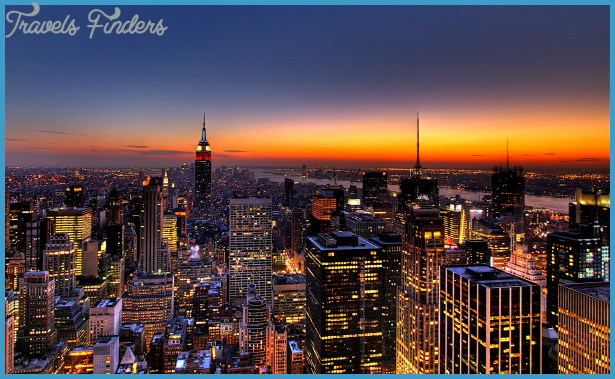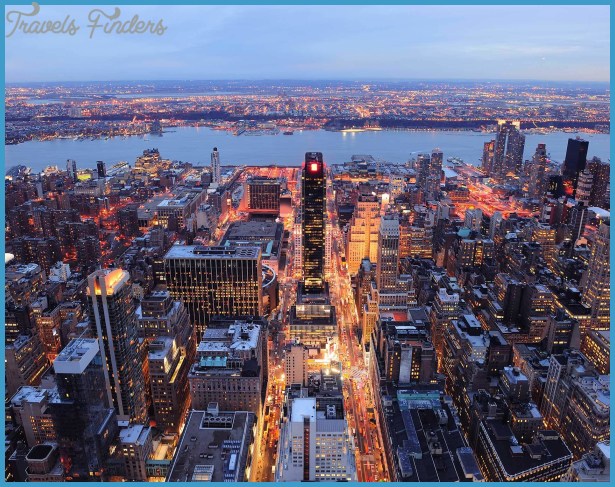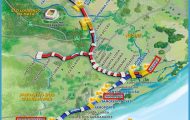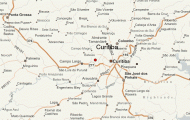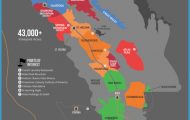BEST AREAS FOR WILDERNESS CAMPING
ADIRONDACK PARK 2,400,000 acres of state-owned land (6,000,000 acres including private lands). Dominating the upper part of New York State, this enormous and spectacular state park is the largest park of any kind in the United States outside of Alaska. There’s more wilderness here than any location east of the Mississippi.
The publicly-owned portion of the park has been designated the Adirondack Forest Preserve, and these lands are permanently protected and will remain forever wild. Private landholdings inside the park are subject to possible development, however.
The Preserve has a number of designated wilderness areas where motor vehicles are prohibited. Other regions are classified wild forest or primitive area, and some vehicles as well as a wider range of uses are permitted in these areas.
Predictably, much of the finest scenery is found in the wilderness areas. Most famous and frequently-visited is the rugged High Peaks Wilderness, which is home to the loftiest mountains, including some 46 peaks over 4,000 feet, j Highest is 5,344-foot Mount Marcy. Almost all of the higher mountains offer wonderful open panoramic views above timberline. The other wilderness areas have much smaller mountains and gentler terrain, and these area attract far fewer visitors.
Scattered throughout the park are over 2,700 lakes and ponds, along with a number of rivers and countless streams. There are many swamps and marshes, and forests of conifers and hardwoods. White-tailed deer, black bear, moose, coyote, bobcat, and fox are among the wildlife.
Activities: Backpacking and hiking are available on a vast trail network, offering an incredible number of options. Included is the 132-mile Northville-Placid Trail (see entry page 217). Difficulty ranges from easy to extremely strenuous. Many trails in the High Peaks region are quite steep and challenging, and these trails are also frequently overcrowded.
Outstanding wilderness canoeing and kayaking are to be found on the many rivers and lakes, including the famous chain of lakes and rivers extending over 80 miles from Old Forge to Tupper Lake or Saranac Lake. Canoes may be rented in many locations. Rafting is also possible on some of the rivers.
Cross-country skiing and snowshoeing are widely available in the winter. Some trails are designated for horseback riding, with cycling and mountain biking possible on old roads and some trails. There are also many opportunities for rock climbing. Fishing is another option, and hunting is permitted in season.
Camping Regulations: A large number of lean-tos and other designated campsites are available throughout the park. Camping is also freely permitted elsewhere on Forest Preserve lands within the park, except where posted or otherwise prohibited.
When camping at other than lean-tos or established areas, campsites should be at least 150 feet from trails, water sources, and roads. Good campsites are hardest to find in the High Peaks Wilderness, but there are some sizable designated camping areas. Those in search of solitude are advised to avoid this region.
A permit is required only for groups of 10 or more, or in order to camp for more than three nights at one site. Campfires are allowed, but bringing a stove is highly recommended. Camping is prohibited above 4,000 foot elevation from May 1-December 14.
For Further Information: New York State Department of Environmental Conservation, 50 Wolf Road, Albany, NY 12233; (518)457-2500.









